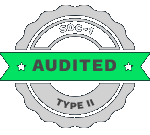Adopting Microsoft data fabric integration in a global enterprise requires a strategic, phased approach that addresses architectural complexity, varying data regulations, and significant organizational change. Microsoft Fabric now powers data operations for 70% of the Fortune 500.
At FabCon 2025, Microsoft announced major upgrades: Copilot is now available across all tiers, CosmosDB is integrated into Fabric, and agentic AI features enable data agents to act on insights in real-time.
These changes make Microsoft Fabric adoption stronger for enterprise-scale automation, analytics, and AI-driven decision-making.
Instead of juggling multiple platforms, Fabric lets you centralize data in OneLake, Microsoft’s cloud-based data lake. It supports structured and unstructured data, connects with over 180 data sources, and offers real-time insights through Power BI and other services.
The Backbone for AI-Driven Transformation
Microsoft Fabric serves as the backbone for enterprise AI, simplifying and accelerating the entire AI lifecycle. The platform achieves this AI readiness by deeply integrating Azure OpenAI services at every layer.
Microsoft Copilot embeds itself across all Fabric workloads, from Data Factory to Power BI. This interactive aide enables users of all skill levels to generate code, build data pipelines, develop machine learning models, and create reports using natural, conversational language.
Microsoft data fabric integration is making its presence felt across a growing array of industries. The following are just a few examples of where its helping businesses improve operational agility by preventing fragmented data environments that undermine results.
Fabric as a Global Standardization Tool
In data management and analytics, a data fabric is a software architecture that standardizes the management, integration, and governance of disparate data from multiple sources.
It works by creating a unified data environment that ensures consistency and accessibility for all data users.
-
Unified data environment: A data fabric combines data from different sources, including local and cloud systems, into a single, cohesive unit. This eliminates data silos and creates a “single source of truth.”
-
Automated data governance: The platform enforces governance policies automatically, which standardizes rules for data usage, quality, and access control across the organization.
-
Simplified data access: By integrating data from various platforms, a data fabric simplifies access for different user roles, from data scientists to business analysts.
-
Enhanced data consistency: Through automated cleansing and standardization processes, a data fabric automatically reduces errors and discrepancies across different datasets.
-
AI-powered insights: Platforms like Microsoft Fabric infuse AI and machine learning at every layer, providing standardized, automated ways to extract insights from data.
But how exactly does Microsoft data fabric integration enables global standardization?
By centralizing the data and standardizing processes, Microsoft Fabric facilitates in overcoming the commonly faced enterprise challenges by:
-
Upgrading cross-functional collaboration
-
Removing data silos and duplications
-
Upgrading legacy systems
-
Incorporating robust compliance and security
Security & Governance Implications for CXOs
Microsoft data fabric integration presents chief experience officers (CXOs) with significant security and governance implications related to data centralization, compliance, and responsible Microsoft fabric implementation. Its unified Software as a Service (SaaS) platform simplifies many aspects of data management, but it also consolidates risk, making a proactive, strategic approach to governance critical.
Let’s understand the key security and governance implications.
Centralized data management
One Lake, one of Fabric’s features, offers a unified data lake for all data experiences. This, in turn, creates a consolidated risk wherein one breach in OneLake can expose the entire dataset. To prevent such scenarios, CXOs need to incorporate the Zero Trust architecture for protecting corporate data against the breaches. Implement Microsoft Entra ID Conditional Access for applying robust identity authentication.
Compliance and regulatory risk
Fabric’s multi-geo capabilities allow data to be stored in compliance with local regulations, but CXOs must ensure that metadata and cross-region data flow also comply with data sovereignty laws. Partner with legal and compliance teams to define and automate information protection policies using Microsoft Purview.
Monitoring and auditing
Without a comprehensive monitoring strategy, organizations cannot detect unauthorized data access, policy violations, or suspicious activity in a timely manner. Establish a dedicated Center of Excellence (CoE) to monitor and report on Fabric capacity usage and security events using the Admin Portal and Microsoft Purview hub.
Strategic roadmap for CXOs
Establish a governance council: Form a cross-functional council with representatives from IT, business units, legal, and compliance to define and enforce data governance policies.
Define ownership and responsibilities: Clearly assign data ownership and stewardship roles for each business domain, with a clear understanding of who is accountable for data quality and security.
Start with a pilot program: Begin by implementing robust governance controls on a single, low-risk business domain. Use the learnings to refine the strategy before scaling across the entire organization.
Drive automated enforcement: Leverage Fabric’s native tools and Microsoft Purview to automate policy enforcement, data classification, and access controls to reduce human error and scale governance effectively.
Invest in education: Provide continuous training and resources to users on their data governance responsibilities and the proper use of Fabric’s self-service analytics tools.
Monitor and adapt: Use Fabric’s monitoring and auditing features to regularly assess the effectiveness of your governance policies and adapt them as the platform and your business needs evolve.
Strategic KPIs for Compliance Leaders
Microsoft Fabric helps compliance leaders track strategic Key Performance Indicators (KPIs) by providing a unified platform for data governance, security, and real-time monitoring. Via Microsoft data fabric integration across the organization and leveraging tools like Microsoft Purview, Fabric enables leaders to gain a comprehensive, transparent view of their compliance posture.
When we talk about strategic KPIs, it’s not just one single aspect that needs to be taken account of. Aspects such as compliance, data security, training, and policy adherence need to be considered.
For compliance, it is necessary to evaluate the average time for discovering the compliance violation. CXOs can use the Power BI Dashboards to monitor and highlight processes that require improvements. Track the total expenses related to the compliance issues. By correlating these costs with business activities in Fabric, leaders can justify compliance investments and demonstrate risk reduction over time.
These metrics for data security focus on proactively identifying and managing potential compliance risks related to data security and governance. Track the percentage of sensitive data assets that are properly encrypted. Microsoft Fabric helps monitoring this by integrating with Microsoft Purview Information Protection, which uses sensitivity labels to identify and classify sensitive data across the platform.
Conclusion: The CXO Advantage with Microsoft Fabric
Microsoft Fabric can transform a complex data estate into an AI-driven engine for growth through data centralization and standardized processes, but successful adoption requires strategic leadership and a robust governance strategy from the outset.
While Microsoft data fabric integration simplifies data management with a unified platform and integrated AI like Copilot, its centralized nature necessitates proactive cost management and investment in user enablement for cultural change and organization-wide data literacy. For organizations that are searching for enterprise-grade microsoft data fabric solutions, they can reach out to BluEnt to avail the best and trendiest microsoft fabric services.
FAQs
What is Microsoft Fabric and why is it a strategic investment for a global enterprise?Microsoft Fabric is a unified analytics platform that combines data engineering, data science, and business intelligence into a single SaaS environment. For global enterprises, it centralizes fragmented data into OneLake, eliminating silos and simplifying management. Its integrated AI, like Copilot, and over 180 data connectors accelerate insights and automate processes across diverse sources, driving enterprise-scale AI transformation.
How do we manage costs and scale effectively with Fabric’s capacity model?Managing Fabric’s capacity-based pricing requires proactive governance to prevent cost overruns. This involves using the Fabric Capacity Metrics app for visibility into consumption and establishing clear chargeback models. Automation to pause capacity during idle times, right-sizing resources based on actual workload patterns, and choosing a balanced licensing approach (Pay-As-You-Go for variable loads and Reserved Capacity for predictable ones) are key to cost efficiency.
What are the main governance considerations for deploying Fabric across different regions and business units?Successful global deployment requires a robust governance framework to manage centralized data, compliance, and access control. Key considerations include leveraging Fabric’s multi-geo capabilities for data residency and sovereignty compliance, organizing data by business function using domains, and enforcing policies with Microsoft Purview.
How do we address skill gaps and drive user adoption across the organization?Successfully adopting Fabric is a business transformation, not just a technical project, and requires strong leadership and a focus on user enablement. Strategies include securing executive sponsorship to champion the initiative, forming a cross-functional Center of Excellence (CoE) to provide expert support, and implementing a phased rollout starting with a pilot program.
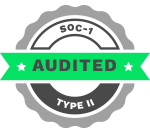











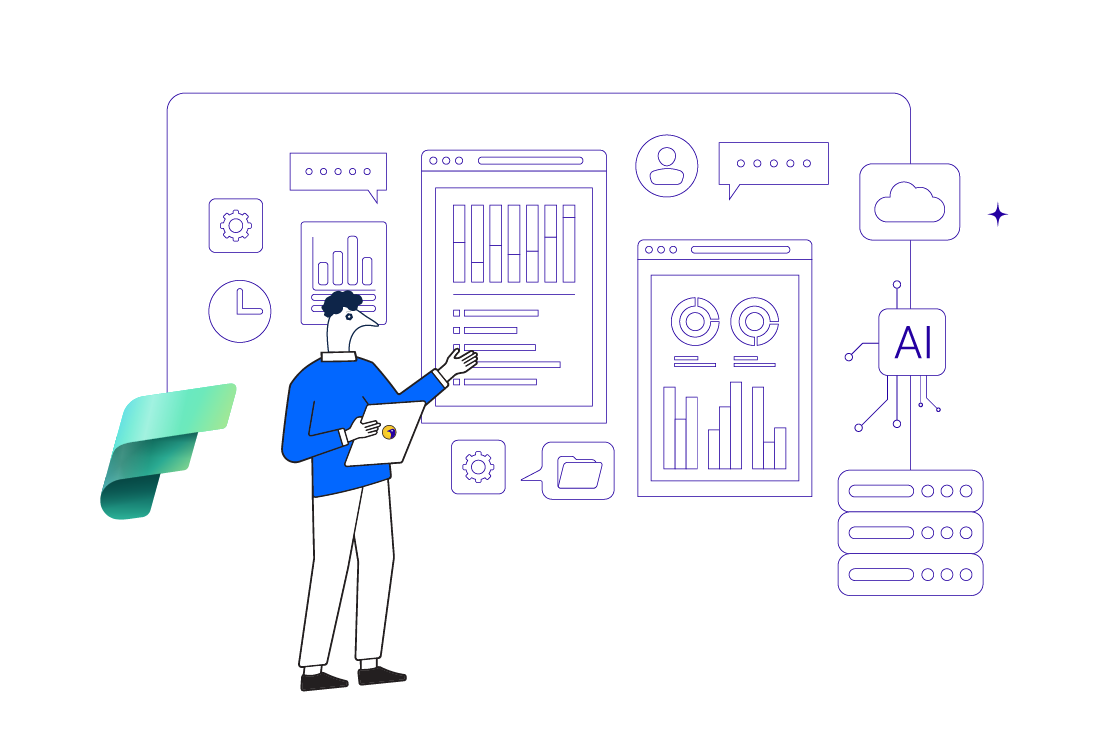 Real-Time Intelligence in Microsoft Fabric: Enabling CXOs With Faster Decisions
Real-Time Intelligence in Microsoft Fabric: Enabling CXOs With Faster Decisions 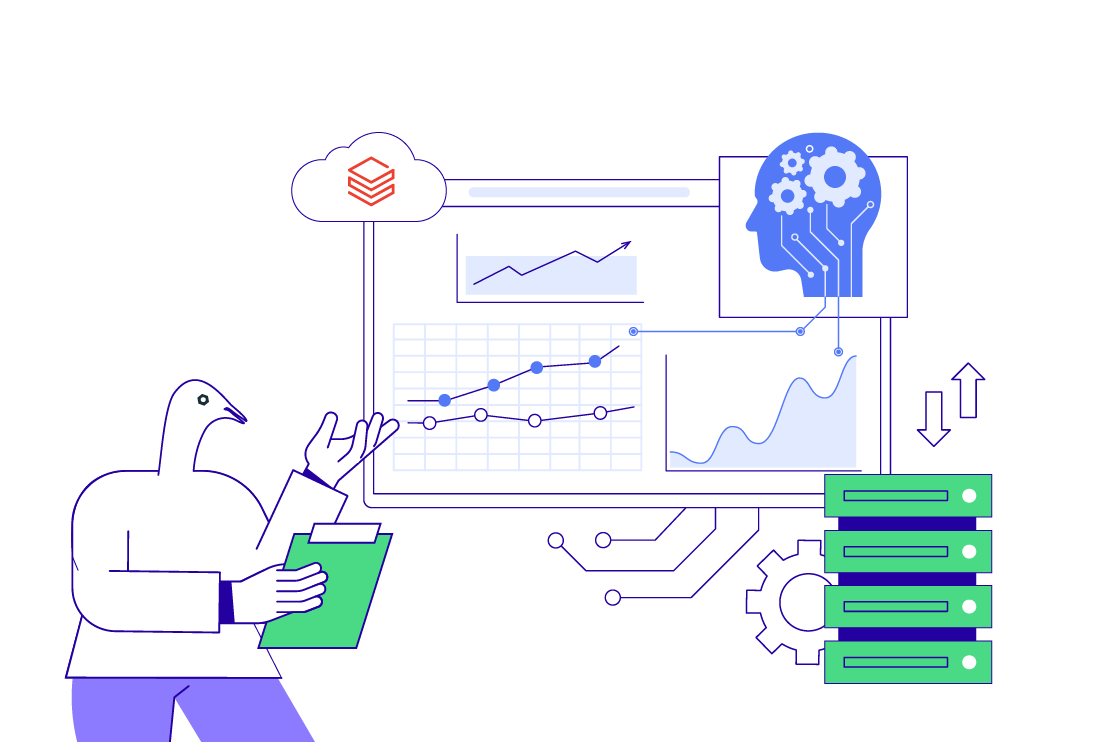 Scaling AI & Analytics on Databricks: CXO Use Cases that Deliver
Scaling AI & Analytics on Databricks: CXO Use Cases that Deliver 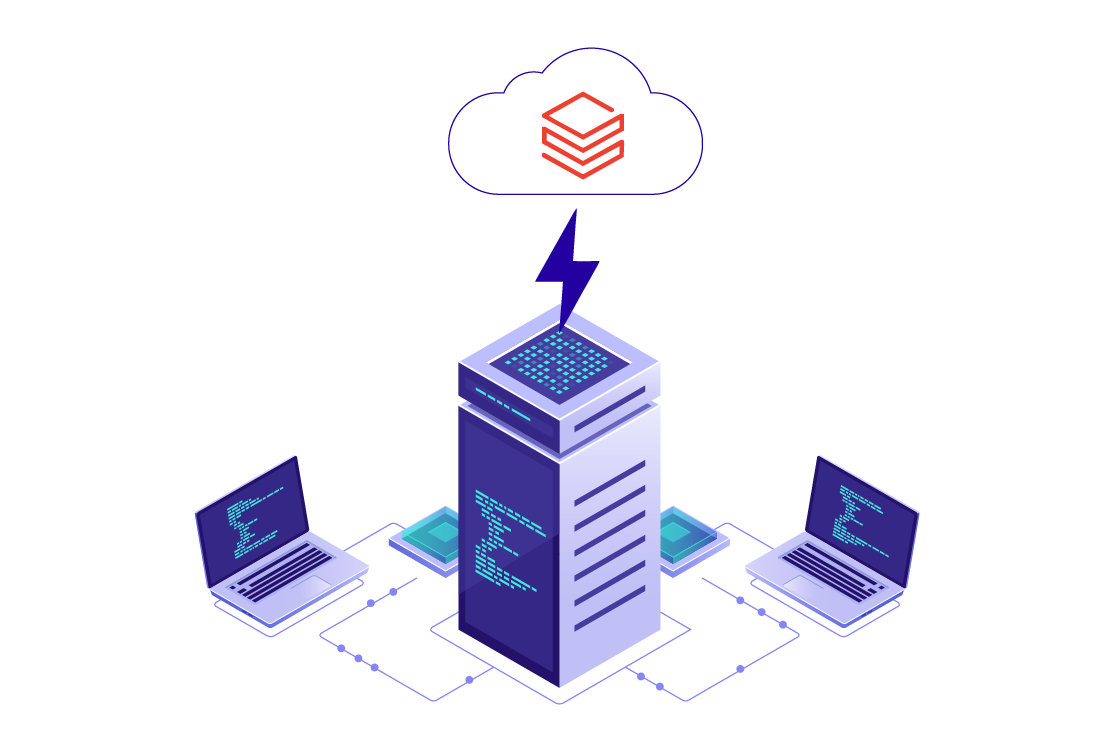 From Cost to Value: ROI Comparison Between Databricks and Traditional Data Warehousing
From Cost to Value: ROI Comparison Between Databricks and Traditional Data Warehousing 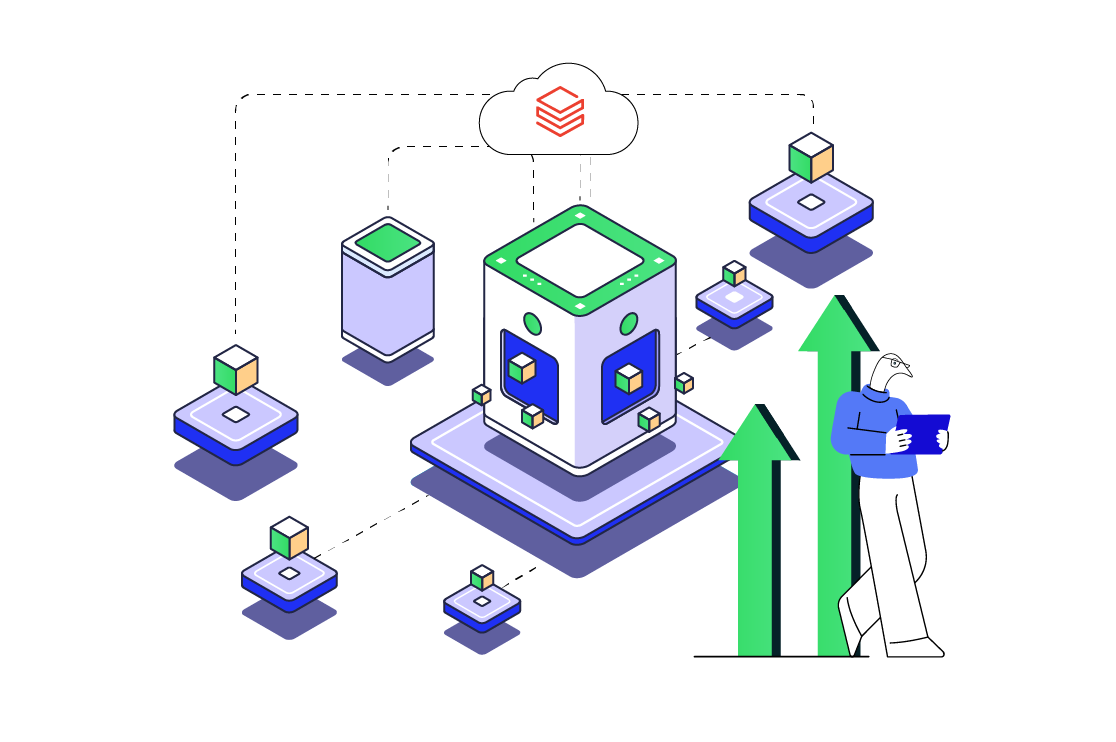 Databricks Lakehouse Use Cases Across Businesses: Success Stories of CXOs
Databricks Lakehouse Use Cases Across Businesses: Success Stories of CXOs 